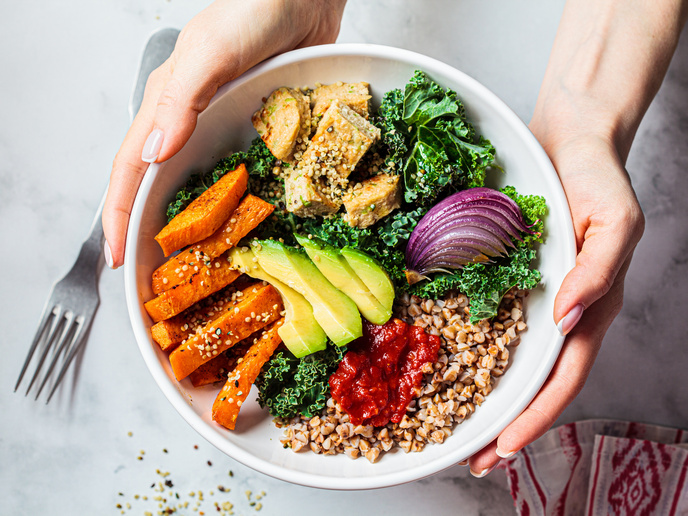Understanding microbiome key to better bowel therapies
We have known for many years that the gut microbiome(opens in new window) – the billions of bacteria that coexist with human cells in the intestine – plays a key role in human health. It has been shown to stimulate immunity and our metabolism, and even have an impact on brain function. “The relationship we have with our microbiome is important but also very fragile,” notes MArylAND project coordinator Harry Sokol, professor of gastroenterology at Saint-Antoine Hospital(opens in new window) (website in French) and Sorbonne University(opens in new window) in Paris, France. “Several factors can modify this relationship. We know for example that our genes can have an impact on gut microbiome function and composition, but that environmental factors are probably even more significant.” When this relationship is impaired, we can become more susceptible to diseases. These include inflammatory bowel diseases (IBDs)(opens in new window) like Crohn’s disease and ulcerative colitis. An estimated 3.4 million people in Europe alone are affected by IBDs, a group of chronic disabling gastrointestinal disorders that can impact every aspect of a patient’s life. “Around a third of patients respond well to treatment, a third respond moderately, and a third do not respond at all,” says Sokol. “This is why new therapeutic strategies are needed.”
Susceptibility to disease
The MArylAND project was undertaken with the support of the Marie Skłodowska-Curie Actions programme. It builds on previous work that identified a link between variations in a gene called CARD9(opens in new window) with increased susceptibility to IBD. While possessing this gene variation might not in itself lead to disease, it might increase the risk. “In this project we examined mice with this gene variation and saw that they were more susceptible to colitis,” explains Sokol. “A key factor in this was the microbiome. Basically, when this gene doesn’t work properly, the microbiome changes in terms of composition and function.” Sokol found that taking this altered microbiome and transferring it to mice with the normal gene also transferred a degree of susceptibility. Sokol also linked susceptibility to colitis with the metabolism of an essential amino acid called tryptophan. “The transformation of this amino acid by the intestinal bacteria produces molecules that activate receptors in our cells,” says Sokol. “This is important for the healing process, and ensuring peace in the gut.” Sokol found that mice lacking CARD9 produced fewer of these molecules, which meant they were activating fewer receptors. In turn, this made them more prone to colitis.
Ending a vicious circle
This project has helped Sokol to answer a chicken-and-egg question that has bothered researchers for years – whether alterations in the microbiome are a cause or consequence of disease. “What this work tells us is that it is not as simple as that,” he says. “There are clearly factors that lead the microbiome to change. In turn, changes in the behaviour of the microbiome have a deleterious effect themselves. It is more like a vicious circle.” In other words, while continuing research into microbiome-based therapies makes perfect sense, treating the microbiome alone might not be enough in many cases. In order to break the vicious circle of IBD, medical staff will probably have to stop overactivated inflammation as well as targeting the microbiome. Sokol is currently working on understanding how the function of the microbiome is altered. “If we understand that, we can try to correct this process,” he notes. “I’m looking into modifying the microbiome with transplants or next-generation probiotics, but also treating with immunosuppressants(opens in new window). The ultimate aim is to develop better treatments for patients.”







